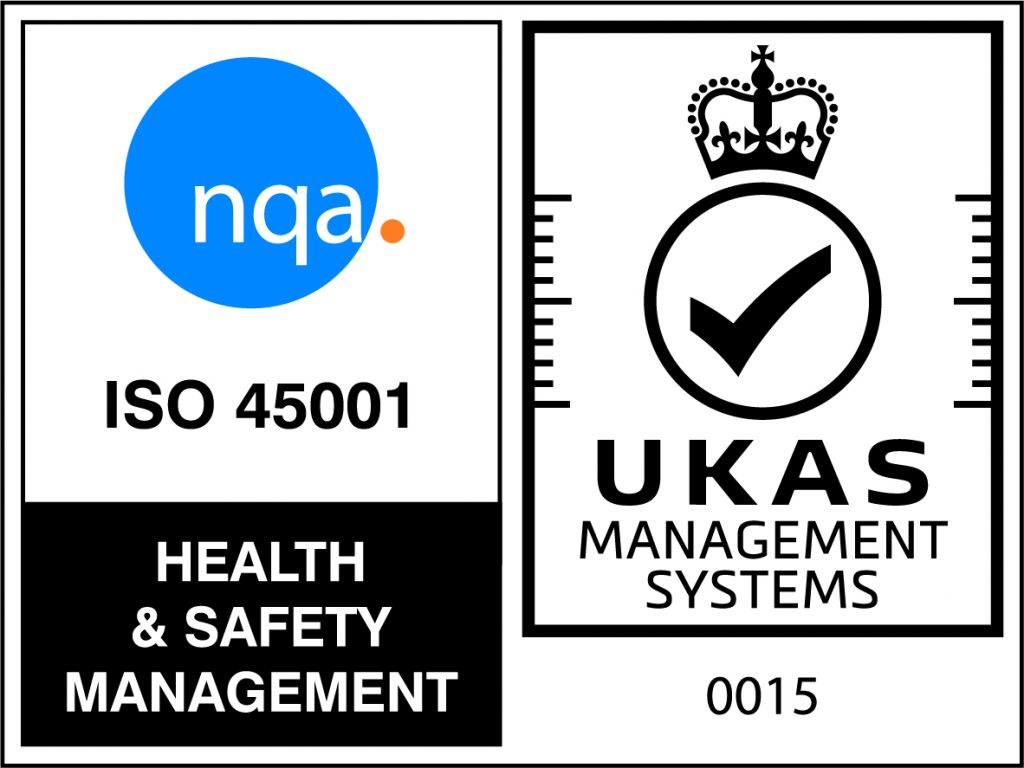- 25% of Employees Around the World Self-Identify as Having a Disability or Medical Condition That Limits a Major Life Activity
- Meanwhile, Most Companies Report That Just 4% to 7% of Their Employees Are People with Disabilities
- People with Disabilities Report Lower Levels of Inclusion in the Workplace—Which Is Directly Correlated with Higher Attrition
- A New BCG Report Outlines Actions Organizations Can Take to Address This Attrition Risk
In a major survey by Boston Consulting Group (BCG) of nearly 28,000 employees in 16 countries (across all regions and various industries) some 25% of people said they have a disability or health condition that limits a major life activity.
People with disabilities (PwD) report lower levels of inclusion in the workplace relative to their colleagues without disabilities—and lower levels relative to other employee groups that are often the focus of diversity, equity, and inclusion (DEI) efforts: women, the LGBTQ community, and Black, Indigenous, and other people of colour. These findings matter because lower feelings of inclusion are correlated with higher attrition.
These are among the findings of a report being published today by BCG, Your Workforce Includes People with Disabilities. Does Your People Strategy? The disparity between the prevalence rates that employers report and the self-identification rates that employees shared with BCG reveals three troubling workplace realities:
- Employees with disabilities significantly under disclose to their employers, perhaps fearing stigma or a negative impact on their job security or promotion prospects.
- Employers are missing a large-scale opportunity to enable a quarter of their workforce to bring their full selves to work.
- Employers making decisions and investments regarding their workforce are relying on inaccurate information. If management doesn’t understand the true number of people with disabilities, it’s hard to make a case for developing tailored support systems that could have significant performance and engagement benefits.
“No organization can afford to ignore or misunderstand around a quarter of their workforce. Employers should recognize that their current disclosure data is most likely incomplete, and that the true number of people with disabilities in their workplace is much higher than they realize,” said Brad Loftus, a managing director and senior partner at BCG and a coauthor of the report. “Our data shows that organizations can take practical steps to get high-impact results, making it possible for employees with disabilities to be happier, more productive and motivated at work, and more likely to stay on the job.”
BCG’s data shows that organizations can dramatically foster greater feelings of inclusion for PwD by effectively executing on the following levers, and in the process improve the workplace experience of all employees:
- Employee-Centric Policies and Programs
- Among employees with disabilities whose organizations invest heavily in employee-centric policies, average BLISS Index scores rose to within approximately 1 point of the score for employees without disabilities in similarly inclusive environments.
- Among those working for organizations that did not invest significantly in employee-centric policies, the divide between those with and without disabilities was much greater: BLISS Index scores for those with disabilities were 4.5 points lower.
- Mentorship
- Having a mentor improves feelings of inclusion for employees with disabilities. The average BLISS Index score for PwD with a mentor is nearly 8 points higher than that for disabled employees without one.
- Mentorship improves happiness at work: 77% of PwD with a mentor say they are happy versus 57% of PwD without a mentor.
- PwD with a mentor report less than half the attrition risk: 4% with mentors say they are likely to leave within a year, but 10% without a mentor are likely to leave within that time frame.
- Reasonable Accommodations
- When people with disabilities request reasonable accommodations—such as particular equipment or software, flexible working arrangements, or adjustments to their physical environment—and those requests are approved, BLISS Index outcomes improve significantly: a 17-point increase over the scores of PwD whose requests for accommodations were denied.
- With approvals, the average BLISS Index score for employees with disabilities nears that of employees without disabilities; the difference narrows to just over 1 point.
- In cases where requests for accommodations are denied, the impact is profoundly negative: BLISS Index scores plummet, falling 15 points below the baseline scores for PwD who do not request accommodations and 18 points below those of nondisabled employees. Attrition risk increases, too, when requests for reasonable accommodations are denied.

 Back to News
Back to News

















